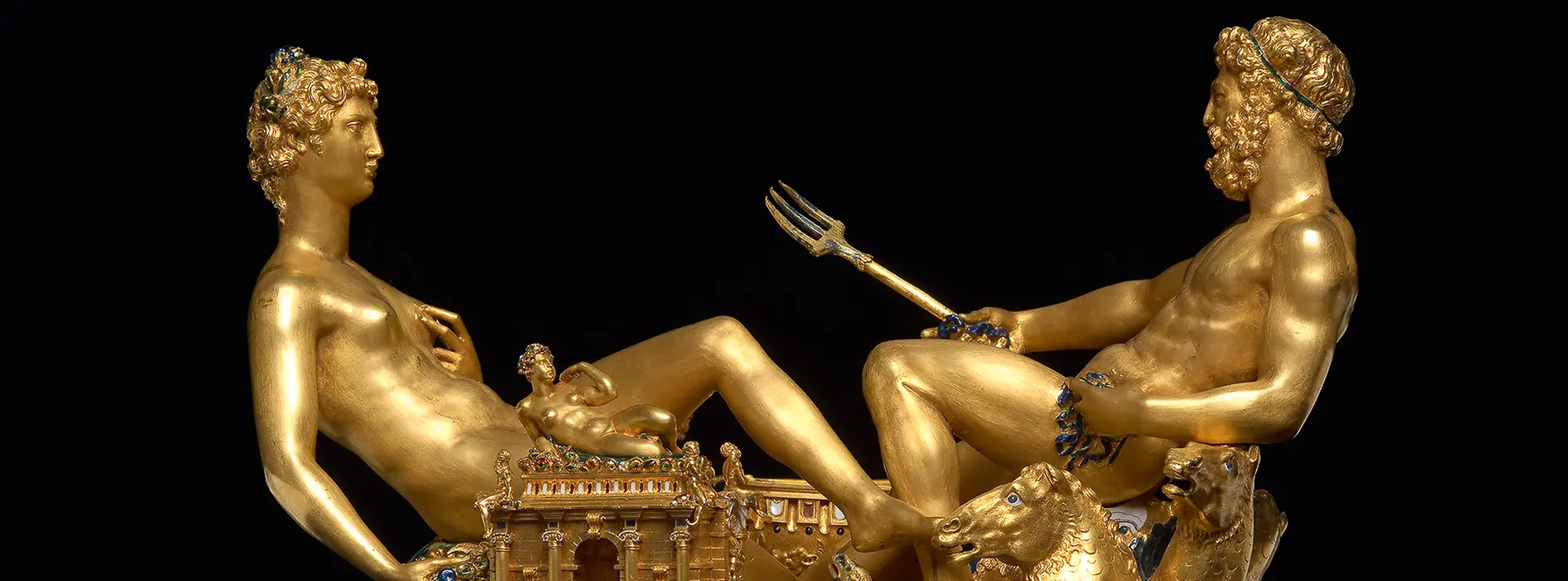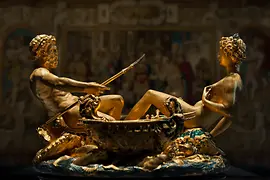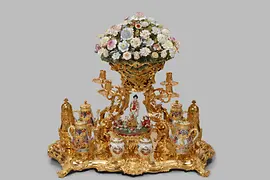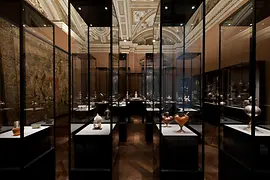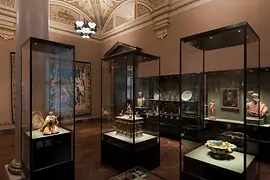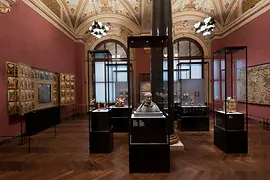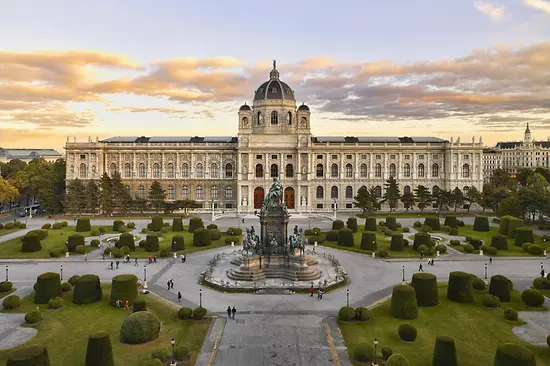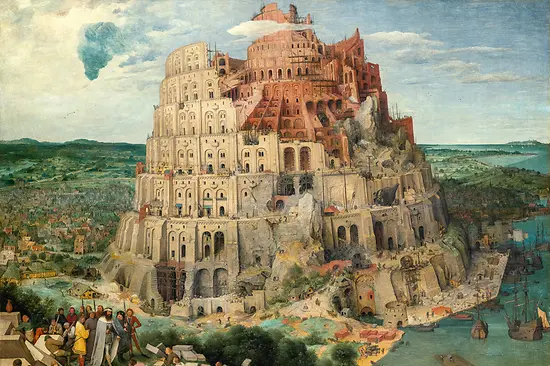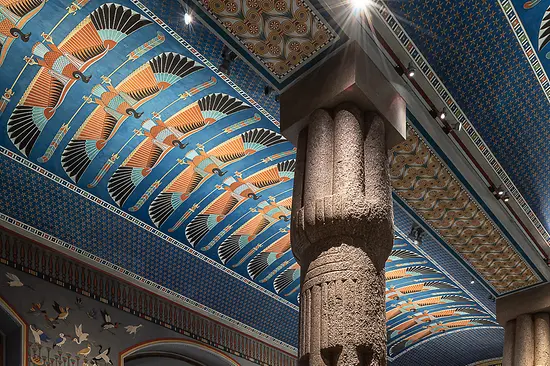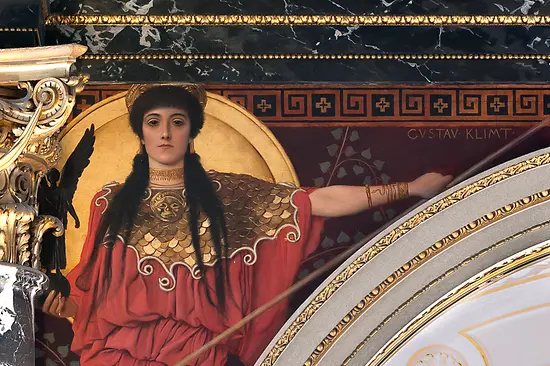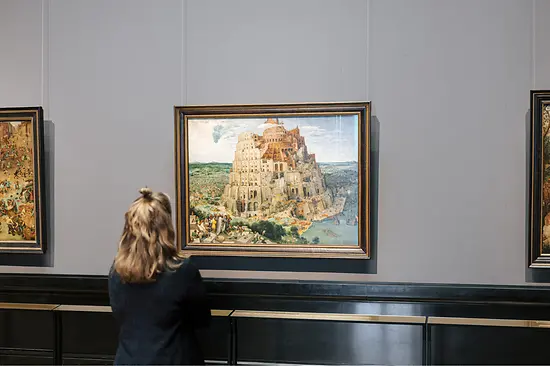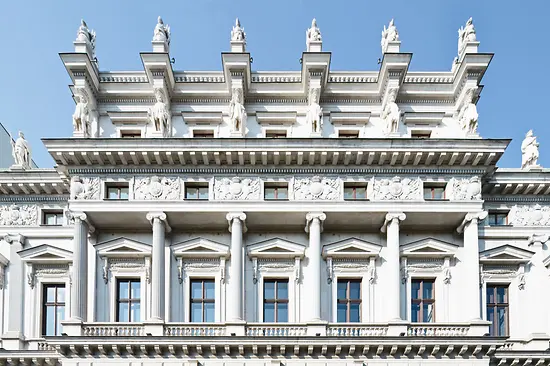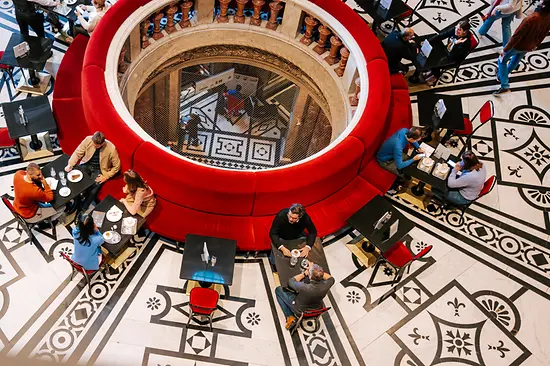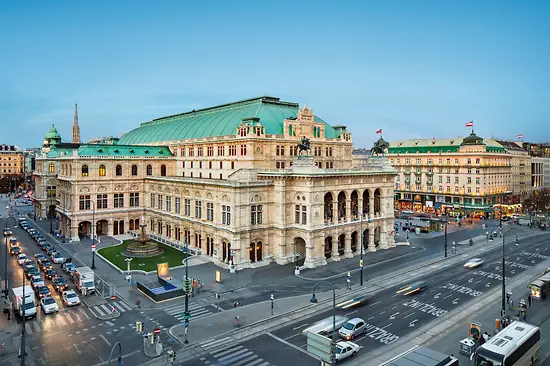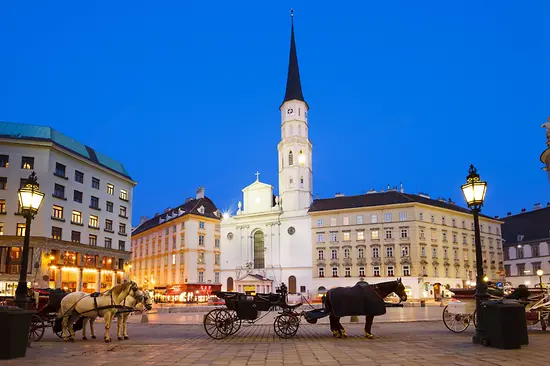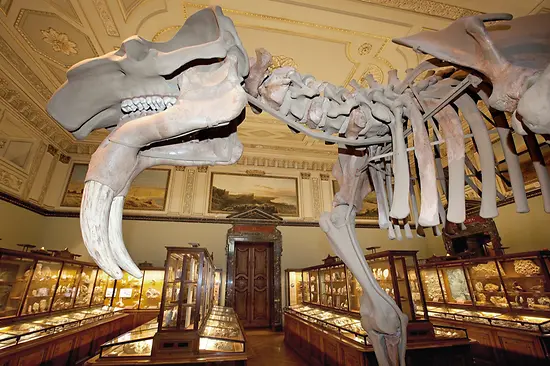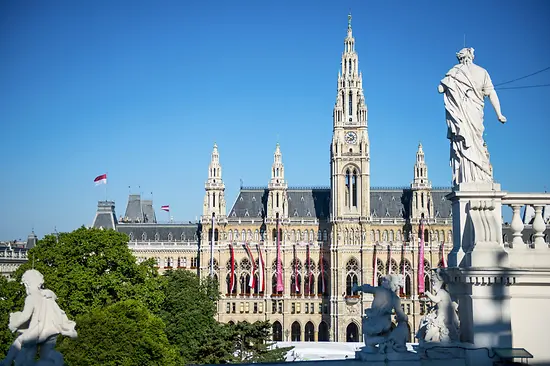Kunstkammer Vienna
The Habsburg emperors - above all Rudolf II. - were passionate collectors of these treasures, which are now on show to the general public again in the Kunsthistorisches Museum Vienna. At the heart of the collection is Benvenuto Cellini's precious salt cellar, the Saliera, which dates to the middle of the 16th century. Visitors are astonished by the many other works in gold, such as the valuable breakfast service of Maria Theresia.
Numerous other art objects, which have been collected since the Middle Ages, can also be seen: carvings, timepieces, paintings, sculptures, wall-hangings, coins, weapons and a wide range of curiosities from the natural world. The so-called "Natternzungenkredenz" (around 1450), including fossil sharks' teeth, considered to be the mystical remains of dragons, is on display, as is the natural cast of a real toad. A highlight is certainly the Dragon Bowl made from lapis lazuli. Drinking games and all sorts of humorous vessels supplement the range of curious exhibits.
In any event, the value of this collection, which was restored and renovated between 2002 and 2012, cannot be measured. Because the so-called chambers of art and wonder of the rulers were museums and represented the total extent of world knowledge at the time. 2,162 objects are situated in Vienna and will be presented afresh in 20 rooms. More than 1,000 years of history can be experienced in the Kunstkammer on an area of 2,717 square meters. The oldest exhibit is an ivory table from the 9th century, the youngest a ceiling painting from the year 1891.
- Maria-Theresien-Platz, 1010 Wien
- info@khm.at
- https://www.khm.at
Vienna City Card
Standard ticket price: 23€ /
Savings: 1 € /
Opening times
- Mo, 10:00 - 18:00
- Tu, 10:00 - 18:00
- We, 10:00 - 18:00
- Th, 10:00 - 21:00
- Fr, 10:00 - 18:00
- Sa, 10:00 - 18:00
- Su, 10:00 - 18:00
Accessibility
5 Steps (Double swinging doors 300 cm wide)
on Maria-Theresien-Platz, no ramp
Barrier-free entrance: Burgring 5 via porter, visitor service accompanies you to the elevator and into the building
5 Parking spaces for people with disabilities
on Heldenplatz
Wheelchair accessible restroom available.
Wheelchair rental possible (please reserve one day in advance). Special tours for visitors with dementia, in easy language, in sign language as well as guided touch tours (Tel. +41 1 525 24-5202 or email: kunstvermittlung@khm.at), Three masterpieces of the Renaissance collection of the painting gallery, selected objects of the Kunstkammer, the Egyptian-Oriental collection and the collection of antiquities are available to the blind and visually impaired as castings for touching. A brochure with image descriptions of this in Braille is available.
Wheelchair users who visit the museum via Burgring 5 can purchase their tickets at the shop in the lobby.
Induction loop available at the audio guide stand.
https://www.khm.at/en/learn/art-education/inclusive-art-education/
